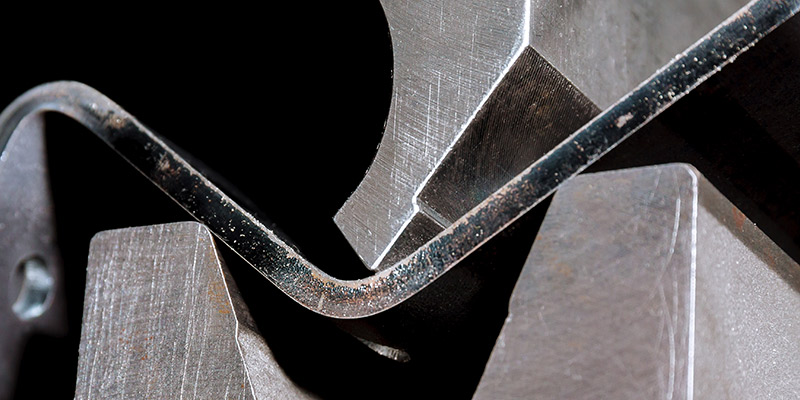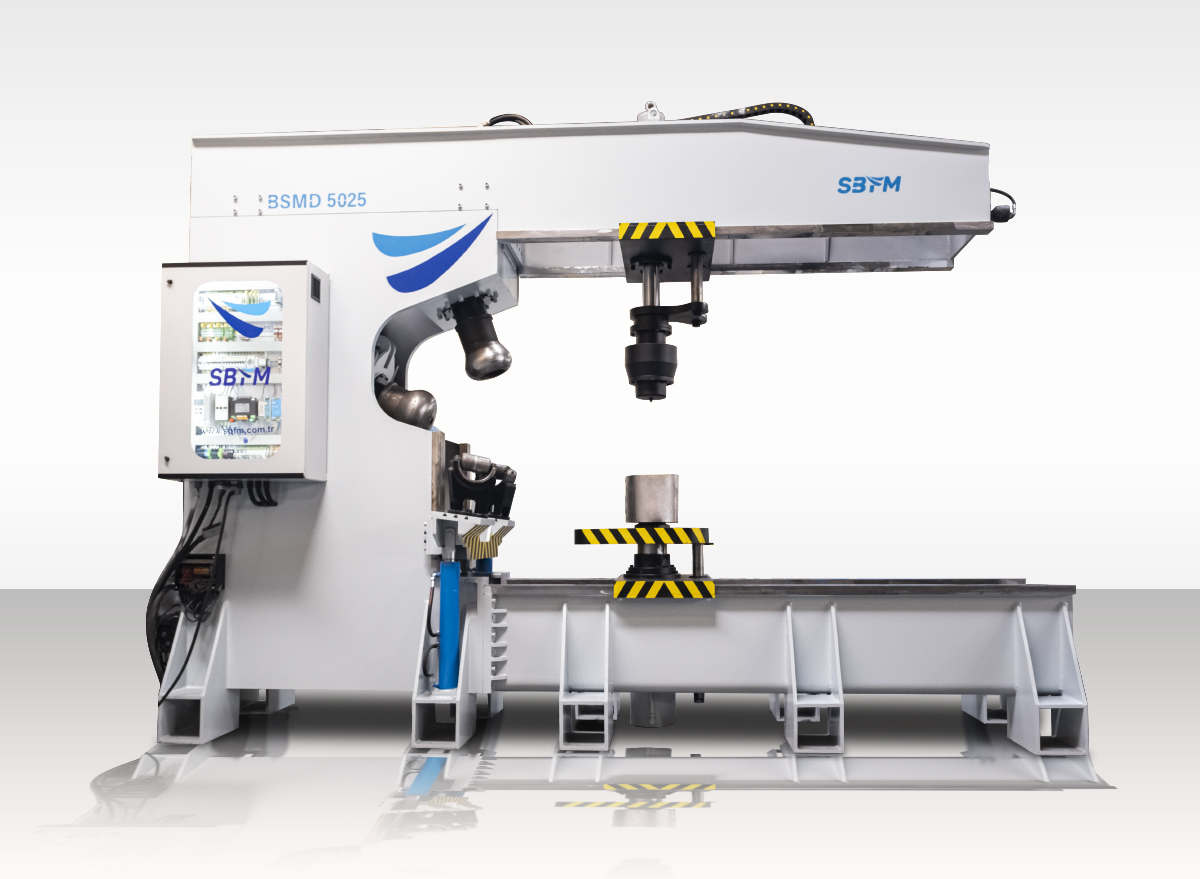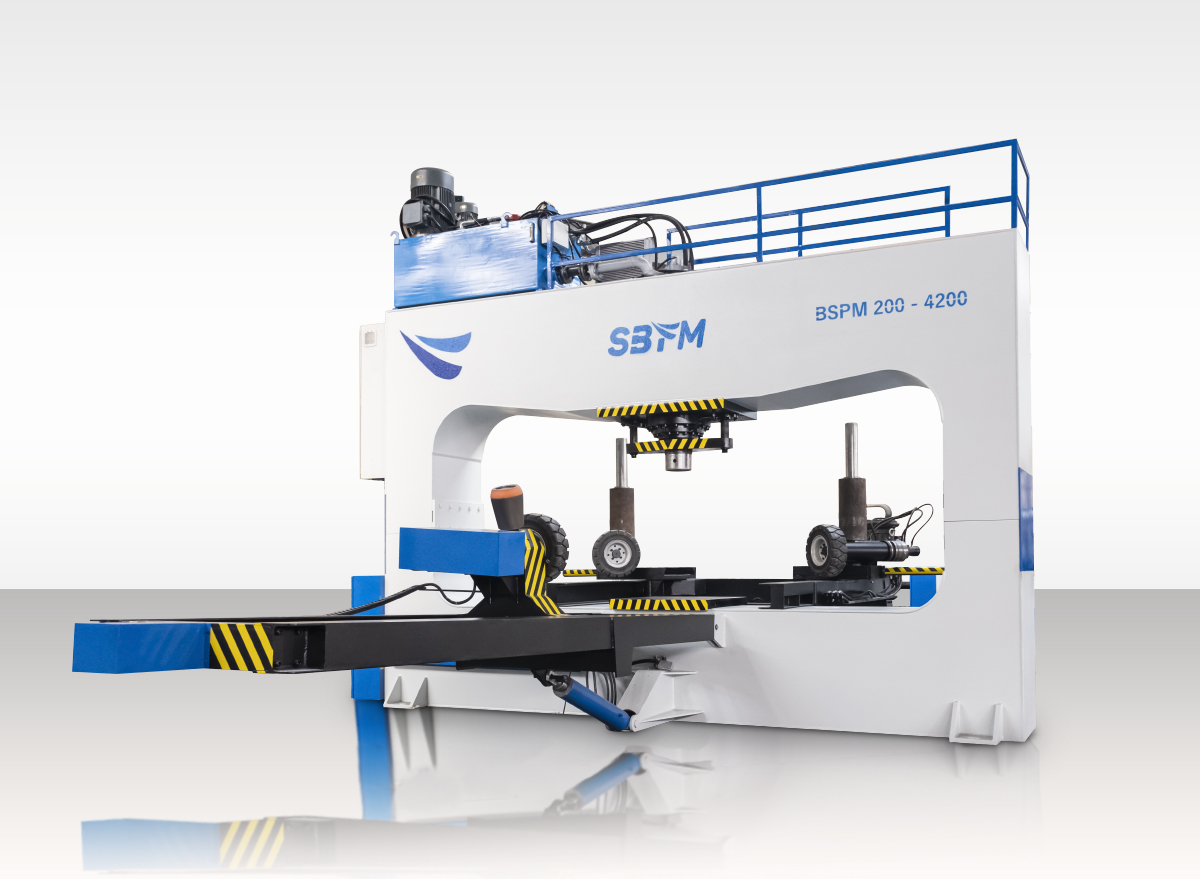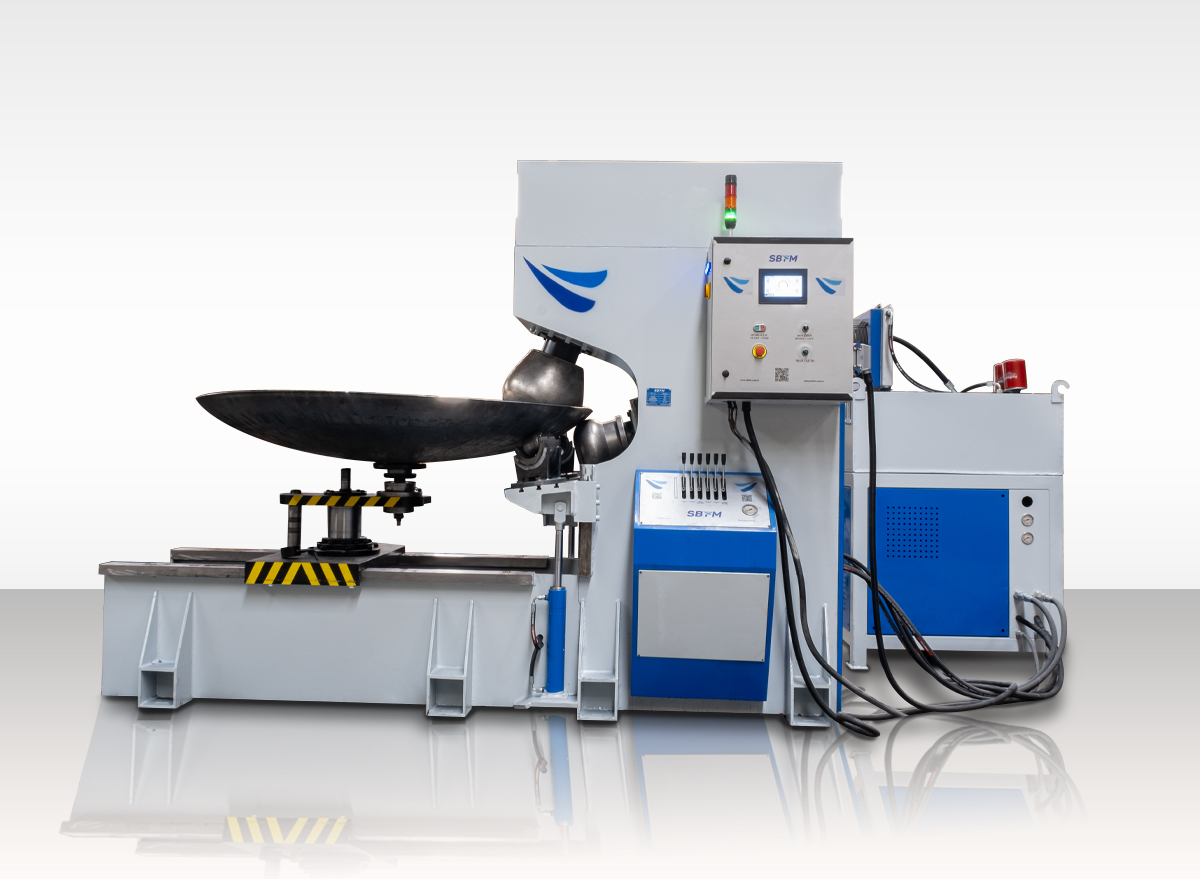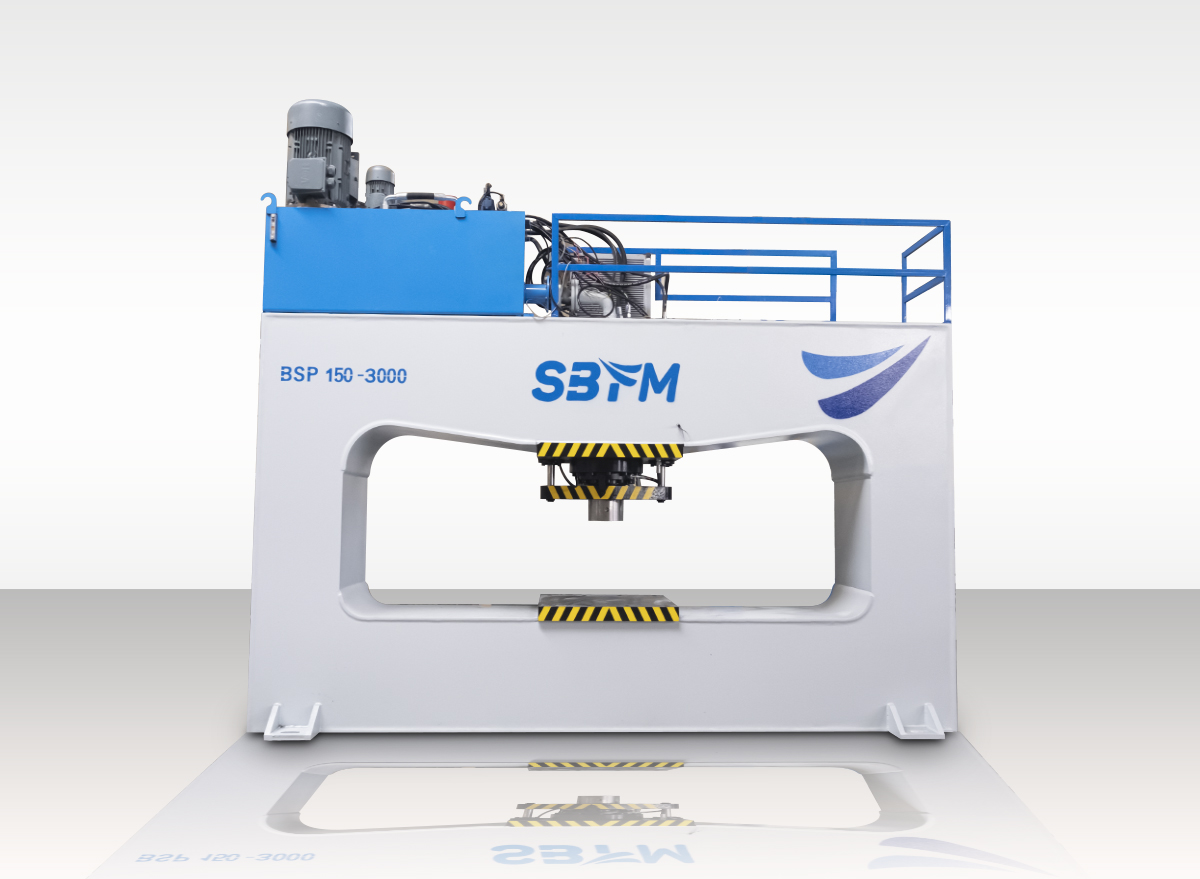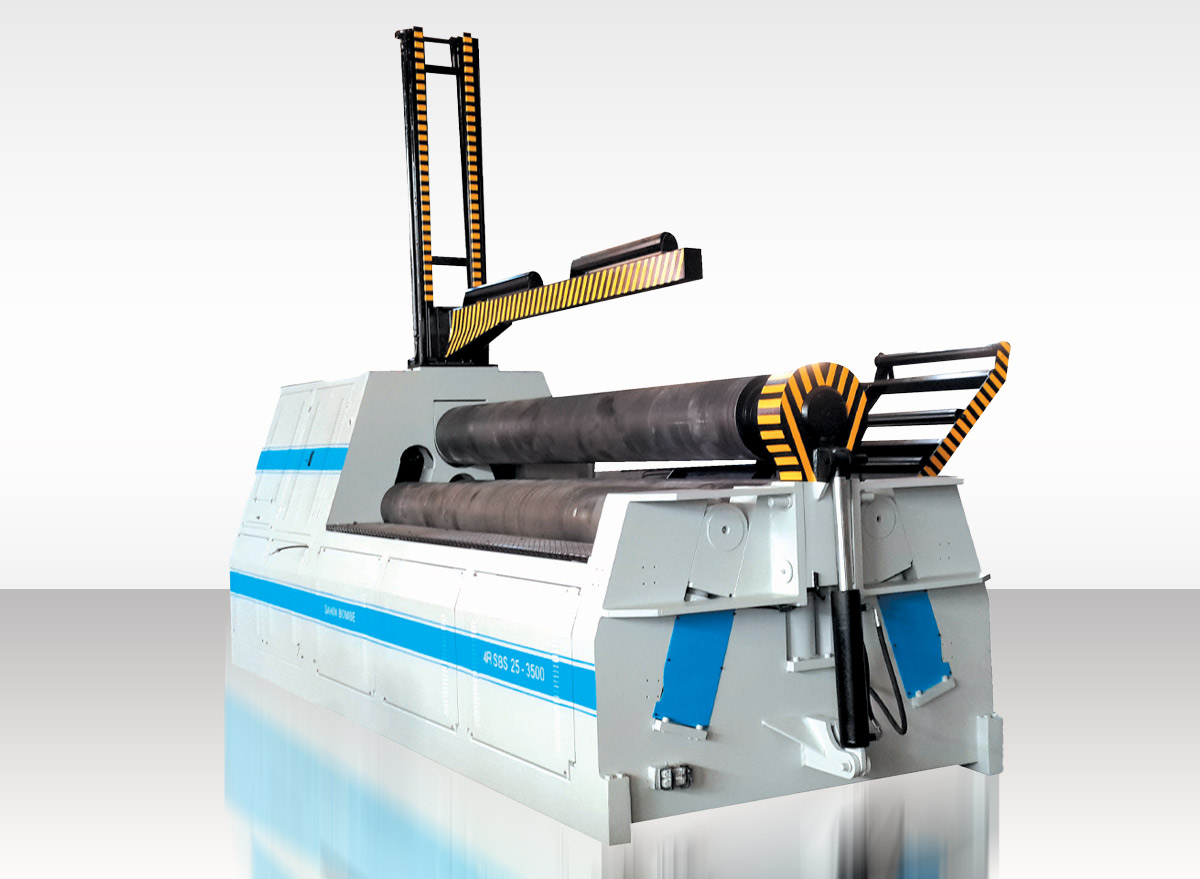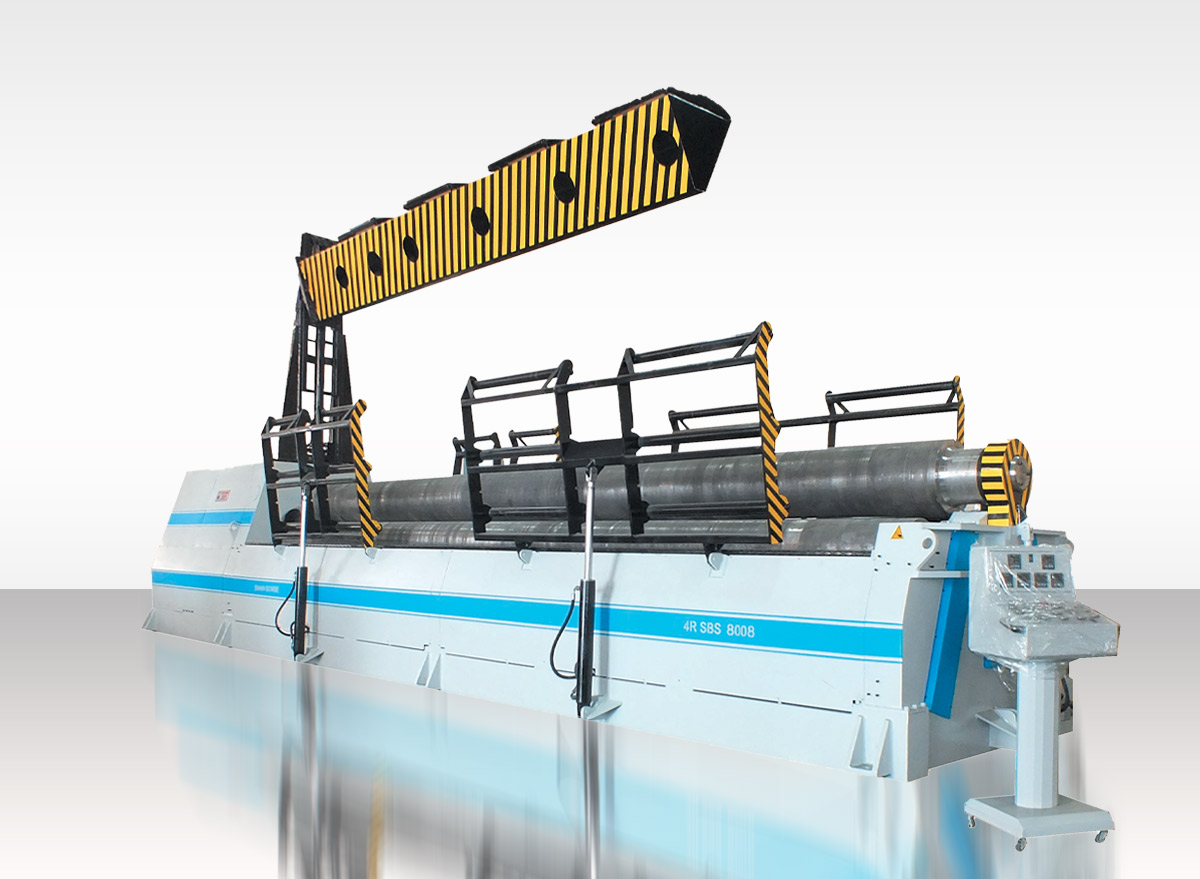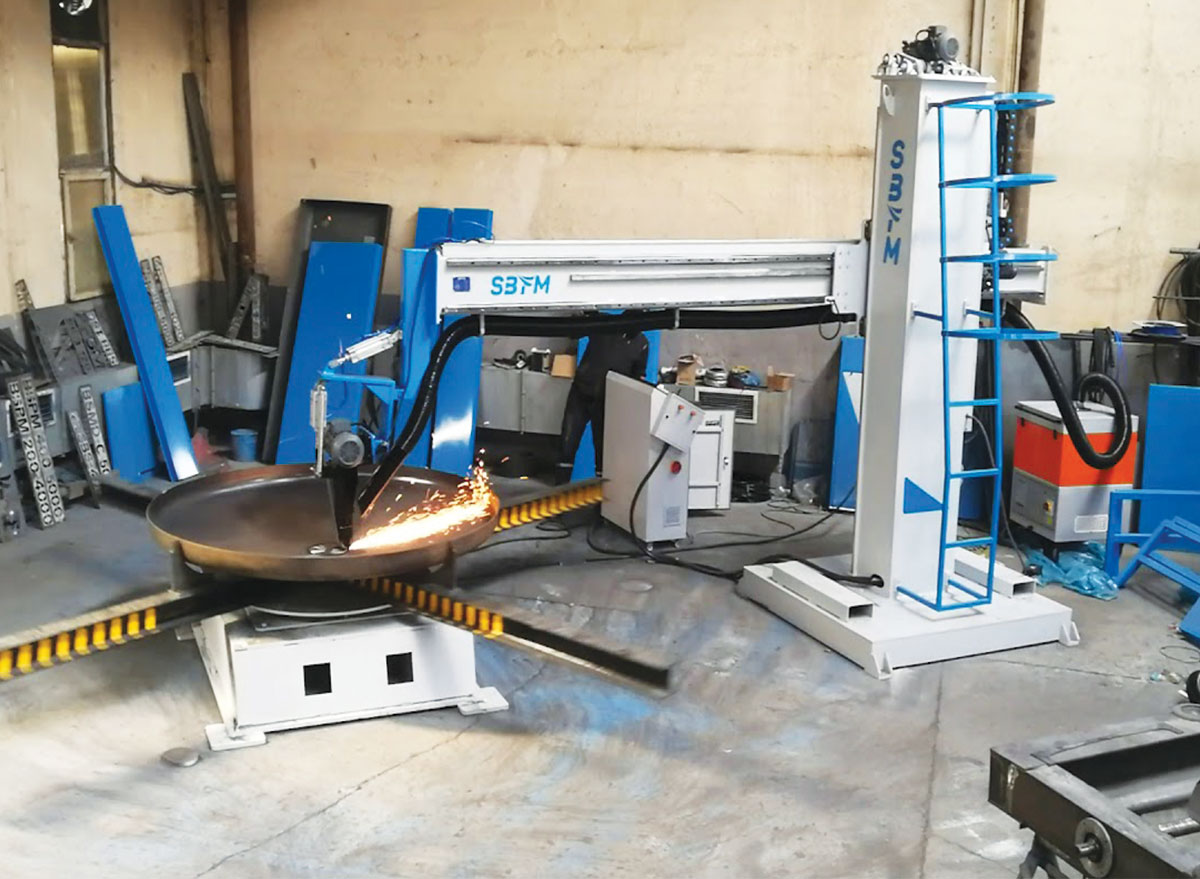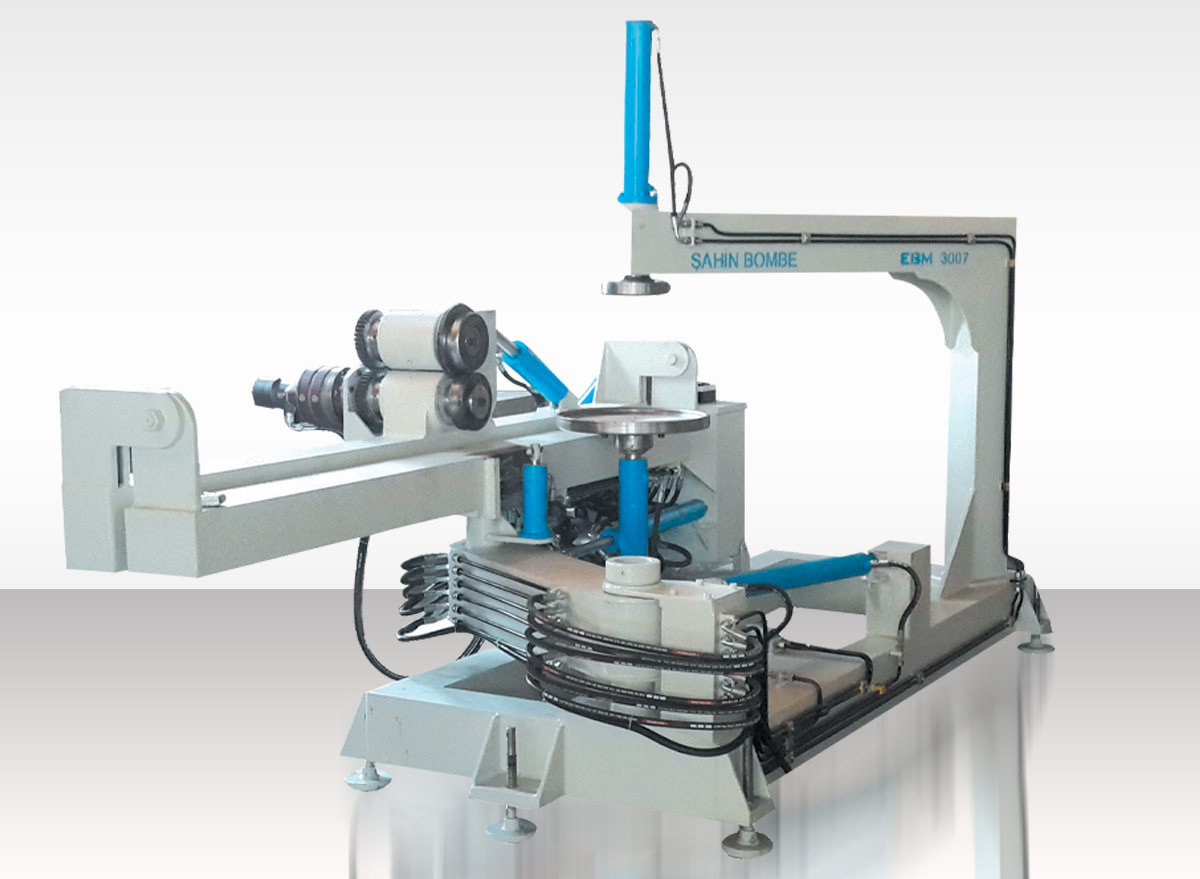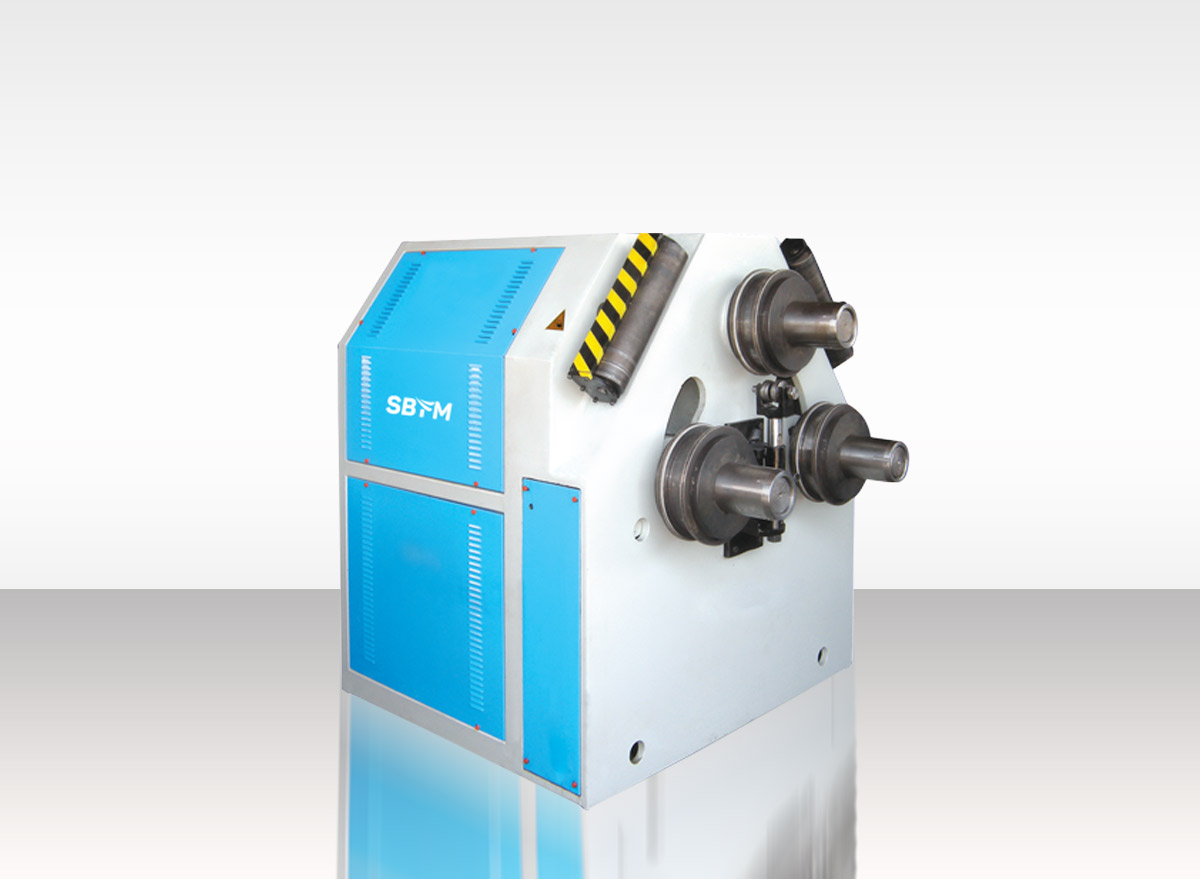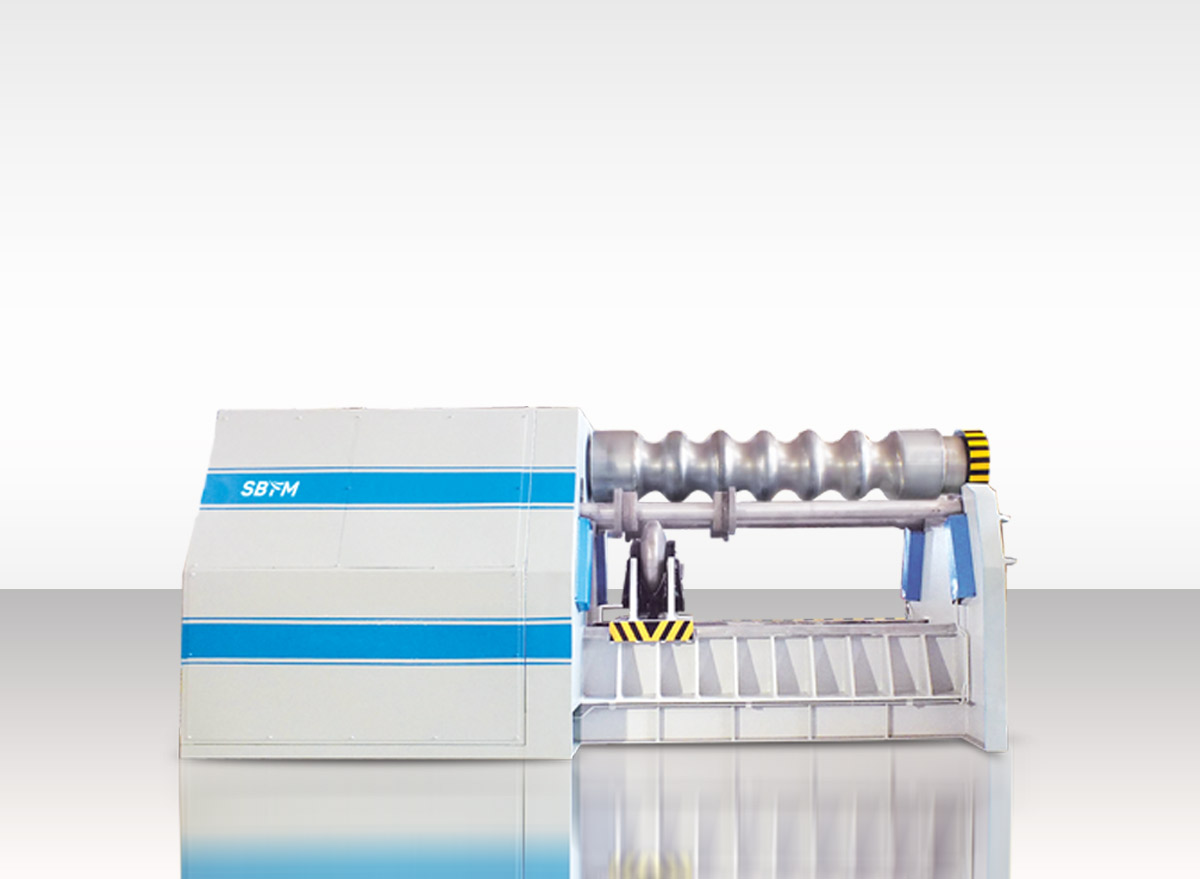Metal forming is a production process used to transform metal sheets into the desired shape and format. This process is carried out by metal bending machines. Metal bending machines have a wide range of applications to shape various products. These application areas are industries such as automotive, food, fuel tanks.
Metal forming processes are carried out by various techniques. These are methods such as pressing, curling, bending and cutting. In order to be successful in metal forming methods, it is important to use the right equipment in addition to applying the right processes.
There are some tips that should be paid attention to when using metal bending machines. For example, the thickness of metal sheets is an important factor in choosing the machine to be used for the bending process. In addition, the flexibility and durability of the material should also be taken into account.
In this article, we will discuss the bending process, the types of bendable metals, various metal bending techniques, related tools and their benefits, as well as practical tips for metal forming.
What is Metal Bending?
Metal bending is a manufacturing process that shapes the metal without changing its volume. This process allows to change the shape of the metal while maintaining the material thickness.
The bending angle of the metal constitutes a critical parameter, which is determined by the degree to which it is deformed. In this process, a detailed examination of the workpiece, material thickness and bending ratio (to what extent the material can be bent without breaking) takes place.
Achieving success in metal bending depends on accurate control of various parameters, such as bending angle and bending allowance. The correct understanding and application of these factors, which are influenced by the material thickness, form the basis of a workpiece that meets the expected standards.
Types of Metal Sheets and Sheets
Hot Rolled Plates: These are plates that undergo a rolling process at high temperatures. These thick slabs are used for structural purposes.
Cold-Rolled Plates: These are plates with a small thickness and processed at lower temperatures. They are often preferred to create a flat surface.
Galvanized Plates: It is the process of heating and cooling the steel plate coated with zinc liquid. It is a transition process that is mostly preferred in outdoor applications.
Stainless Steel Plates: These plates, which are a steel alloy with at least 10.5% Chromium (Cr) inside, are widely used in areas such as the food industry, medical devices and the chemical industry.
Aluminum Sheets: It is a kind of light metal that has a silver appearance and is resistant to rust. Aluminum sheets are used in many fields such as automotive industry, aerospace and construction.
Areas of Use of Metal Sheets and Sheets
Automotive Industry: Metal sheets and sheets are used in the production of many automotive parts, such as vehicle bodies, chassis parts and interior trim.
Construction Industry: Metal sheets and sheets are used in roofing coatings, wall panels, metal structures and many other construction areas.
Machine Manufacturing: It is used in many fields such as metal processing machines, industrial machines and equipment.
Food Industry: Stainless steel plates are used in kitchen equipment manufactured in accordance with hygiene standards.
Electronics Industry: It is used in the content of electronic equipment such as metal plates, electronic cabinets, dashboards.
Metal Sheet Bending Techniques
These bending techniques are one of the methods used in various applications in the metal processing industry and provide bending of metal sheets into desired shapes. After deciding which technique is right for which application, the bending process is performed.
How to Do V-Twisting, L-Shaped Bending, U-Twisting and Z-Twisting?
When using bending machines of different shapes, different techniques such as V-bending, L-shaped bending, U-bending and Z-bending are applied. Each of these techniques is optimized for the machines in order to create the desired shape. These techniques, which we will briefly describe, are named according to the letter formed by the metal plate.
1. V-Twist
V-shaped bending is a bending technique that allows the two edges of a metal sheet to be bent vertically. This technique is most often used in the production of box-like parts, in which the corners should be pointed. V-bending bends both sides of the metal sheet symmetrically, forming the desired V shape. This method, while providing strength, gives aesthetically striking results.
2. L-Shaped Bending
L-bending is a bending technique that allows a single edge of a metal sheet to be bent vertically. This technique is widely preferred in the production of right-angled and angular parts. By bending the metal sheet with the L-shaped bending command given to the machine, it gains strength and stability. This technique is mainly used in the manufacture of furniture, door and window frames.
3. U-Twist
U-bending is a bending technique that allows one side of a metal sheet to bend inward and form a U-shaped channel. The metal sheet placed in the bending machine is bent into a solid and strong structure in accordance with the desired shape. While U-bending is used in many applications such as industrial machinery, transport equipment and vehicle bodies, it is also often preferred in the production of parts such as ducts, rails or guides.
4. Z-Twist
Z-bending is a bending technique that allows the two edges of a metal sheet to be bent in parallel and opposite directions. This technique allows the creation of complex shapes by creating an angle between the parallel edges of the metal sheet Decoupled from each other. Z-bending, while gaining strength, is usually used in the production of case structure, cabinets and decorative metal parts.
Advantages of Metal Bending Machines
Sheet metal bending is preferred due to its cost-effectiveness and versatility. It allows the creation of complex shapes from a single piece of metal, reducing assembly time and costs. It is also possible to produce a large amount of parts quickly with the correct installation. In addition, metal bending processes often result in minimal waste, thereby also improving material efficiency. The ability to create detailed, custom shapes allows bending machines to be an excellent option in manufacturing.
It provides a consistent quality for the needs with high precision and sustainability. Modern bending machines increase the availability of the technique in industry by efficiently processing a variety of metals, ranging from aluminum, stainless steel and copper.
Tips for Forming Metal
- Metal bending requires careful planning and precise application.
- It is necessary to pay attention to the internal bending radius according to the properties of the metal, the share of bending and the desired bending angle.
- In order to prevent the risk of cracking in metals with versatile veins, the bending process should be performed perpendicular to the direction of the vein.
- In order to choose the most suitable bending technique, it is necessary to take into account the type and thickness of the metal.
- Preparing a detailed design plan before the bending process will be a wise move to prevent cost errors.
- Ensuring regular maintenance of bending tools is important to achieve consistent results.
- Giving importance to personnel training minimizes error rates, minimizes vital risks in addition to providing a safe bending process.
- Getting help from experts on complex projects saves time and cost.
Metal Bending Ability: Is It Possible For Everyone?
Although metal bending requires technical knowledge and special tools, it can be learned. It is necessary to receive education, training and practical experience in the processing of various metals, understanding of their properties and operating bending tools. Having the ability to think creatively and analytically helps to increase proficiency in the field of metalworking.
As SBFM Makine, we offer various bending machines for the needs of enterprises. Our experts guide you to choose the right machine for your project, while helping you to get a quality machine just when you need it.

